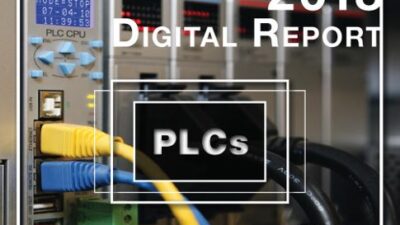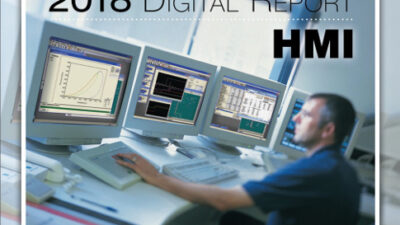Global manufacturer of solar microinverter systems garners new venture capital financing; Siemens kicks off Solar Exchange 2009 event.
As the sun moves ever more to the forefront of our thoughts with the advent of summer, two significant events tied to solar energy made news this past week. Enphase Energy , a global manufacturer of solar microinverter systems, announced that it has secured $22.5 million in new financing. “We are experiencing exceptional demand for our microinverter systems. This financing will be used to ramp up manufacturing, accelerate new product development, and expand into new geographic markets,” said Paul Nahi, president and CEO of Enphase Energy.The high demand for microinverters has enabled Enphase to sign sales and distribution agreements with major partners and distributors.Enphase microinverters convert the DC output of each solar module to grid-compliant AC power, eliminating the need for large traditional inverters. Enphase claims its microinverters have been proven to increase energy harvest 5 to 25% and reduce installation and operational costs by as much as 15% compared to traditional solar systems. In addition, Enphase systems can be monitored at the module level to ensure desired performance. Solar Exchange 2009 Executive and technology leaders in the U.S. solar industry gathered last week at the Solar Exchange at Arizona State University (ASU) in Tempe, AZ, to discuss emerging trends, value-added strategies and manufacturing innovations that are driving the solar industry. The event was sponsored by Siemens Energy & Automation Inc. (SE&A) , TUV Rheinland , and the Solar Energy Industries Association in association with ASU.Raj Batra, vice president of the Automation and Motion Division at SE&A, kicked off the event with an update on how automation is playing a part in advancing the solar industrySome of the automation news of interest he noted included:
A review of the solar value chain from manufacturing to installation of utility/industrial fields. Batra focused on the role of automation and control in feedstock areas for production of the glass on solar panels, where precise control is needed for compositional control. “Advanced distributed control systems using PCS 7 technology are increasingly being used to manage utility flows like air, gas, and oxygen to precisely control glass melting,” he said.
Batra also explained the role of controls in the final processing steps of solar panels, such as cutting and seaming as they relate to the application of thin films for conductivity. The forming process is often handled by power controllers that allow electricity to be efficiently controlled to that part of the process, said Batra.
Siemens role in enhancing productivity and efficiency through the use of advanced automation and drive technology that can integrate with MES and ERP systems was also a focus of Batra’s presentation.tems, which use Simatic ET200S and ET200S FC to provide fail safe and frequency conversion capabilities. Conergy also uses Profibus for communications related to installation and service.
“We held this conference because solar will stand out in the renewables landscape as a key future energy source,” says Batra. “Since Siemens experience in solar goes back almost 60 years, we feel a responsibility to take a leadership role in building this industry. We know the components, we know the utilities and we know the technology– the whole value chain.” Solar Exchange 2009 also featured presentations and panel discussion on topics such as financing renewable energy projects, wireless technologies for solar applications, efficient production of modules (crystalline and thin film), inverter technology and the testing of solar components.Attendees were given an opportunity to tour the state-of-the-art solar energy equipment testing facilities operated by ASU’s Global Institute of Sustainability and TUV Rheinland PTL (a new commercial venture that combines TUV’s international technology testing and assessment with the expertise of ASU’s Photovoltaics Laboratory).
– Edited by David Greenfield , editorial director
Control Engineering News Desk
Register here .



